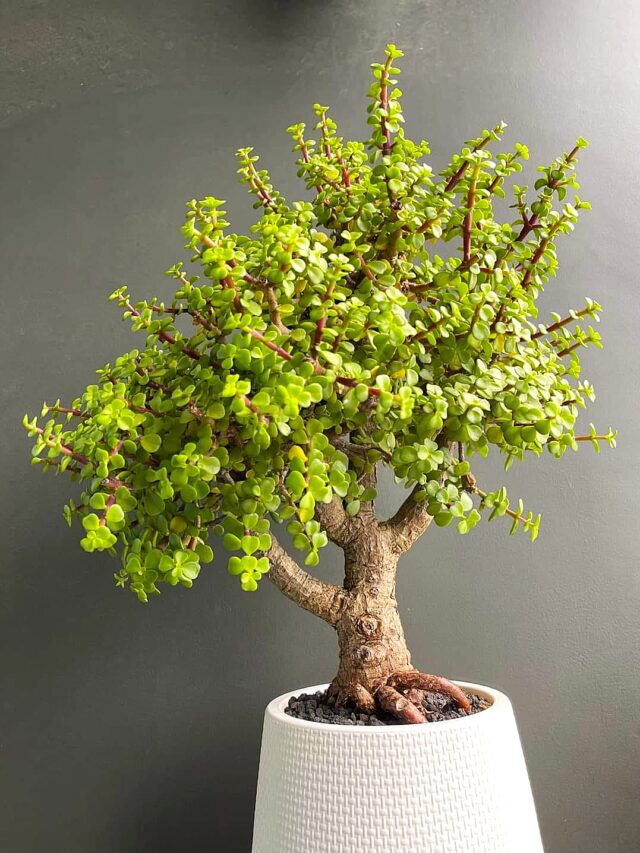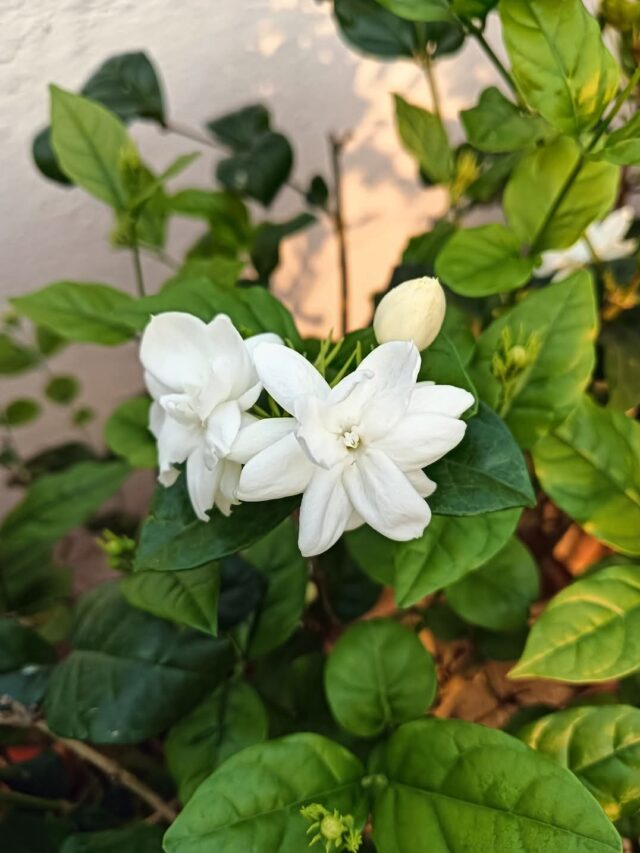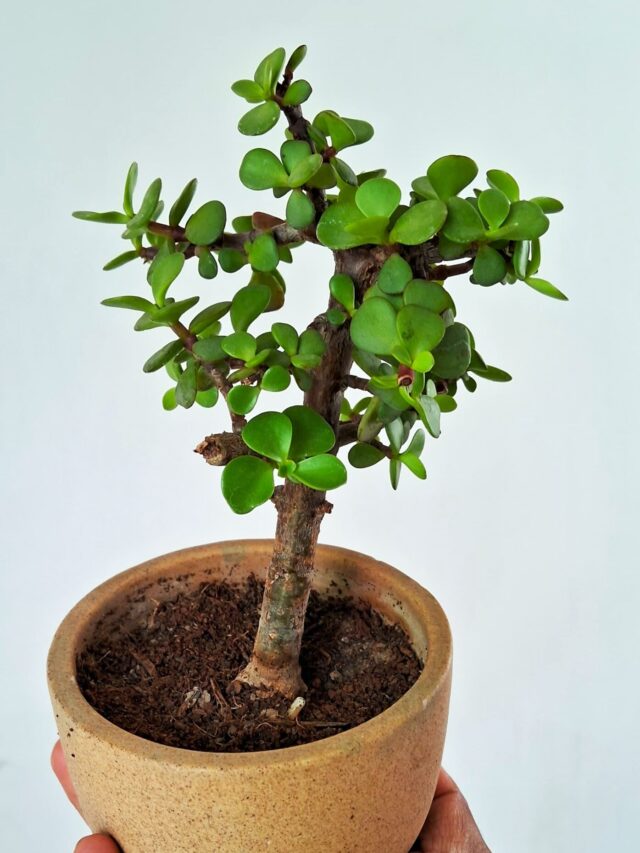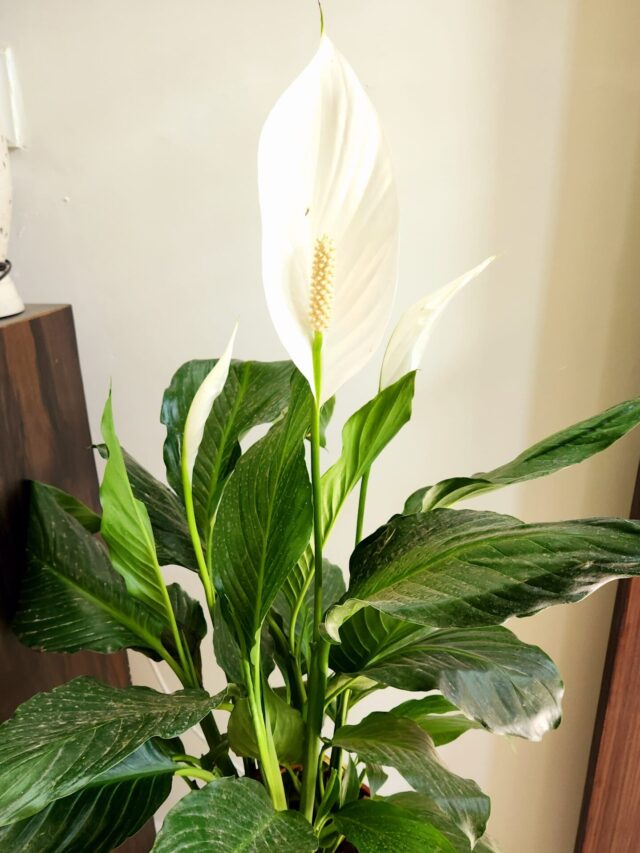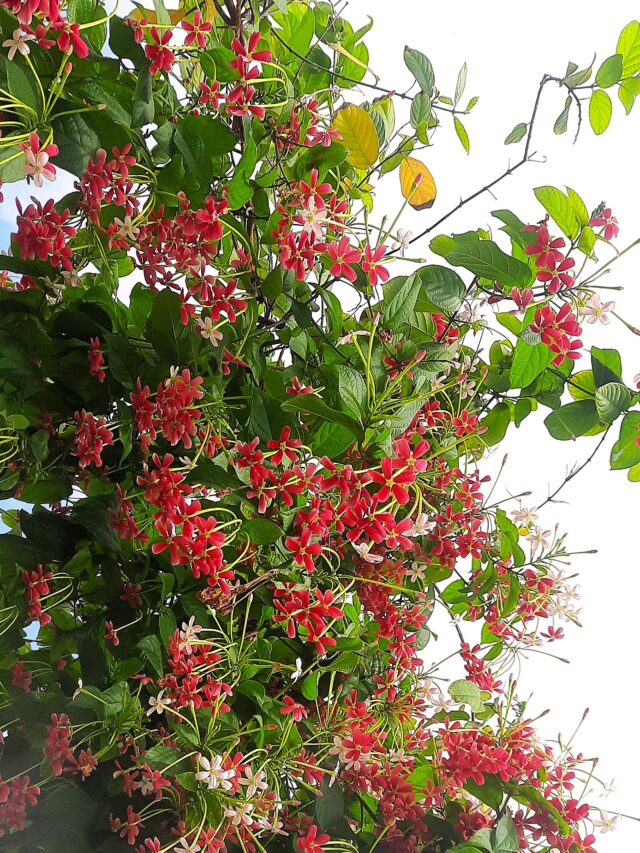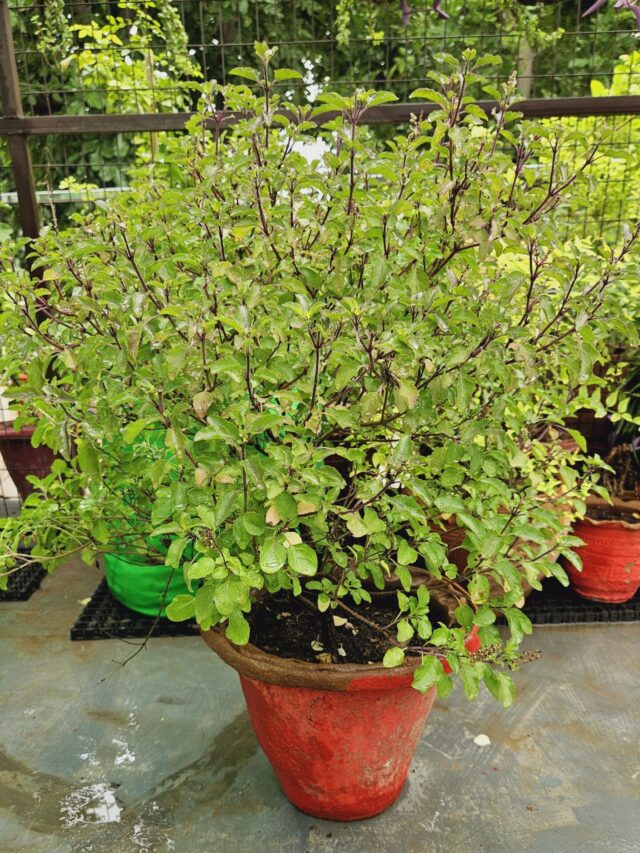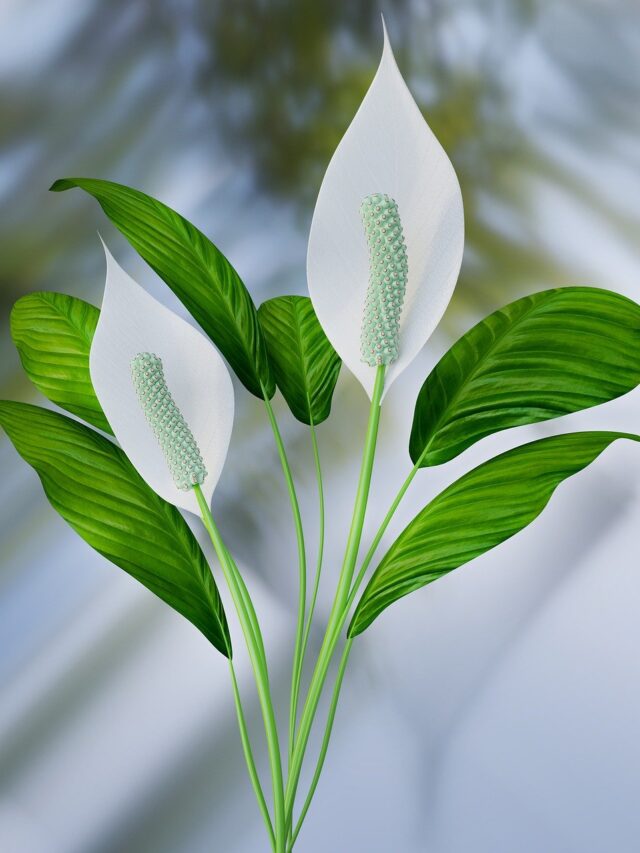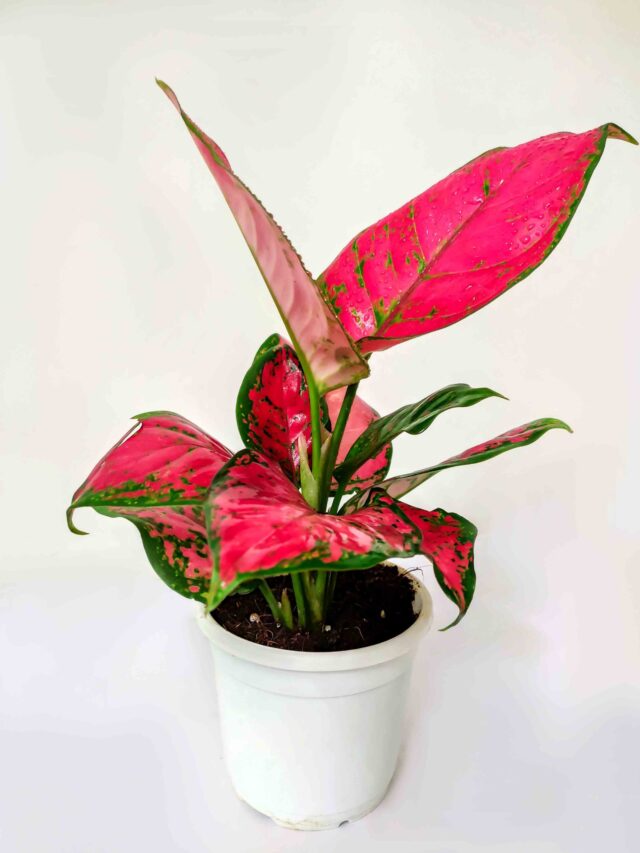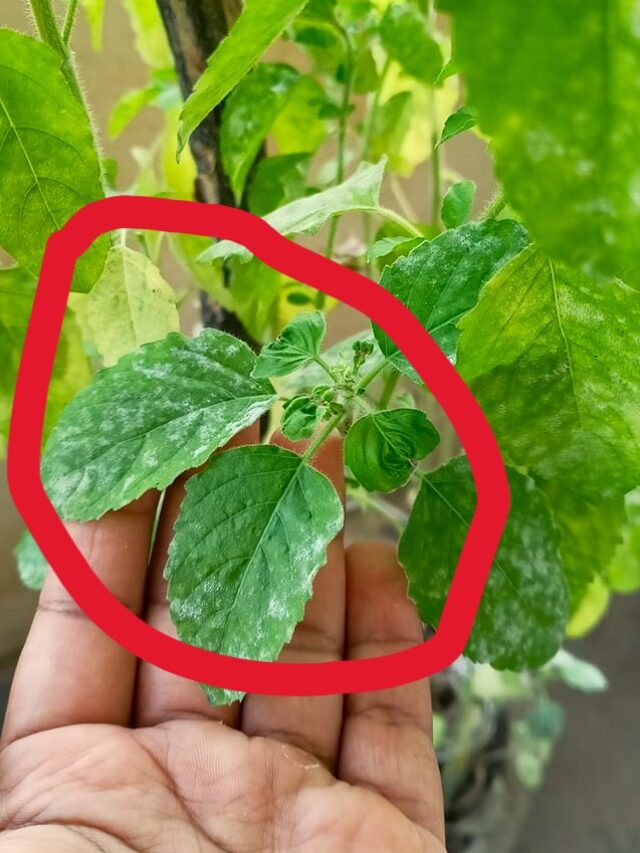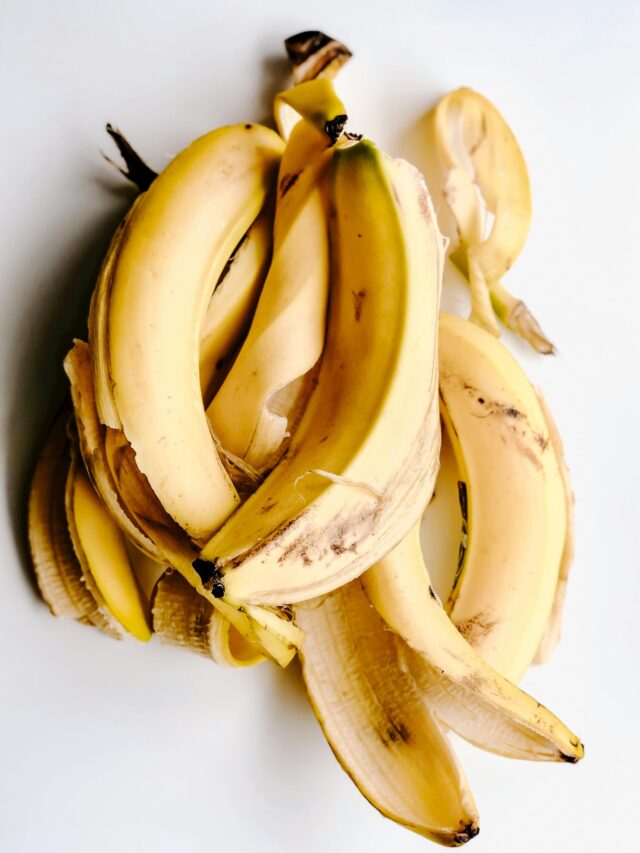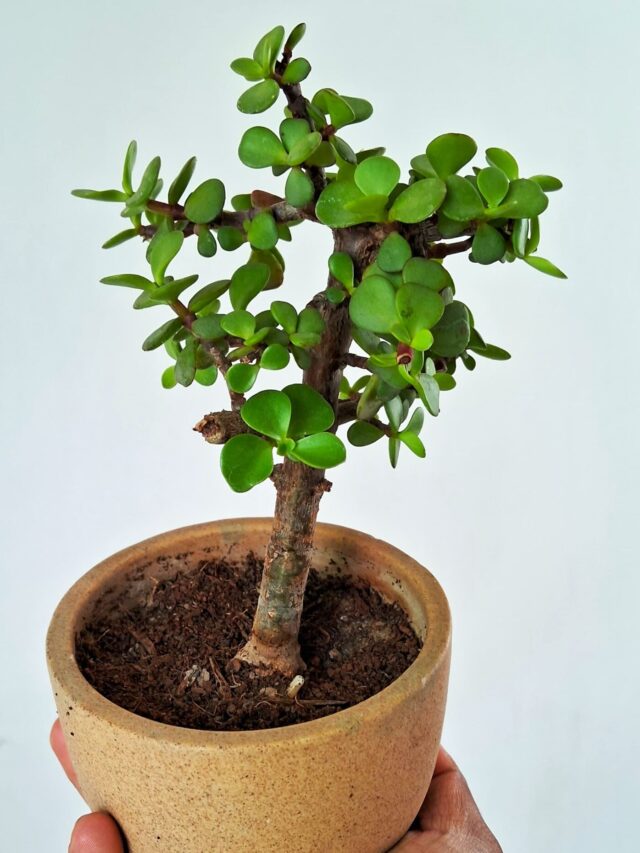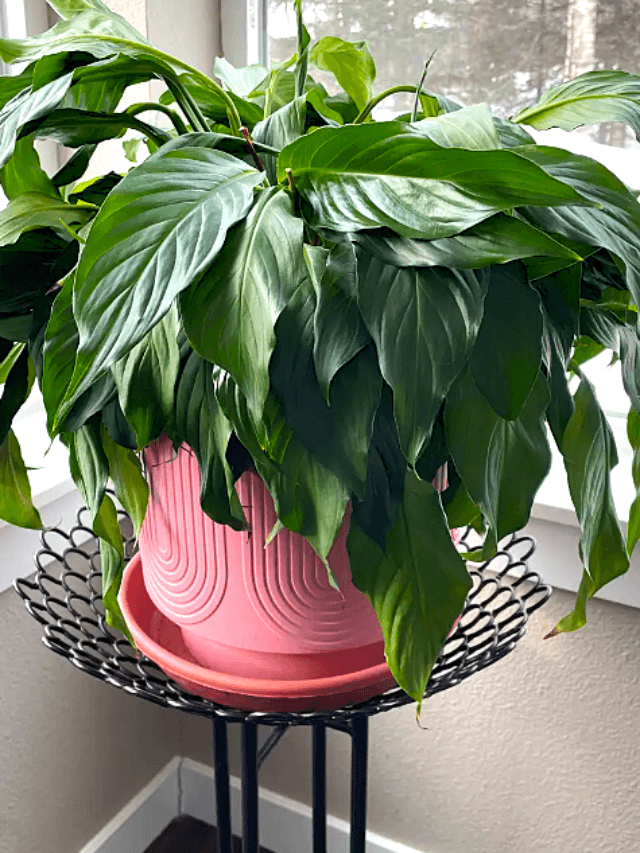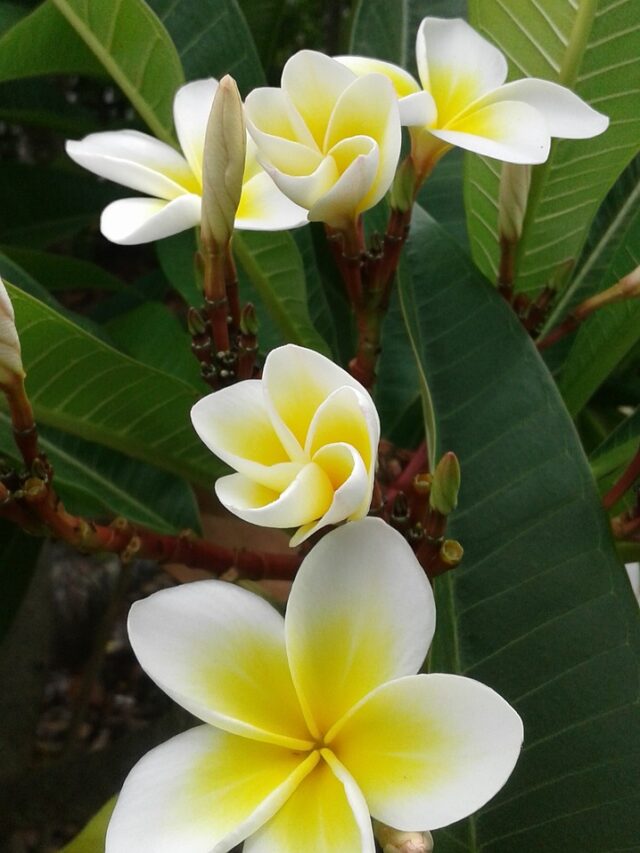ZZ plants, scientifically known as Zamioculcas zamiifolia are known for their resilience and ability to thrive in low-light conditions. They are considered perennial indoor plants and are well-suited for various locations within a home. They are recognized for their low-maintenance characteristics and are often used as decorative elements. Understanding the specific needs of ZZ plants is essential for their successful growth.

In this article, we will discuss key steps on how to grow and care for ZZ plants at home.
ZZ plants known for Air-purifying qualities

ZZ plants are recognized for their air-purifying qualities and ability to contribute to oxygen levels in indoor environments. These plants are often included in lists of air-purifying houseplants because they can help remove certain toxins from the air and enhance indoor air quality.
Preferred Season and Temperature

ZZ plants thrive in typical summer conditions and can prosper year-round in regions without harsh winters.
- During winter, they may face challenges such as yellowing leaves and occasional branch loss. However, they generally remain manageable and tend to recover independently once the weather shifts.
- The optimal season for their growth is spring, with an ideal temperature range of 15-25°C.
Types of ZZ plant
ZZ plants come in two varieties: Green ZZ and Black ZZ.

- Mature black ZZ plants feature leaves with a blackish hue, while their smaller leaves initially exhibit a green color.

- On the other hand, green ZZ plants maintain their characteristic green leaves throughout their growth.
How to Get ZZ Plant
From Nursery
Green ZZ plants are readily available at all nurseries, while black ZZ plants can be found at select renowned nurseries. They are also easily accessible online, though prices may be comparatively higher.
- A medium-sized ZZ plant typically costs between Rs 150-200, and prices increase with the size of the plant.
Propagation Methods
➢ By bulbs
ZZ plants propagate through bulbs in their roots.
- By carefully separating a healthy ZZ plant from its dense growth, you can collect a ZZ plant along with its bulb and nurture a new plant using this method.
➢ By stem
ZZ plants can also be grown from stem cuttings.
- Simply place cut pieces of the stem into the soil, and you can cultivate a new plant from these cuttings.
➢ By leaves
ZZ plants can be propagated through leaves as well.
- By placing the leaves in the soil mixture, a new plant will emerge after some time.
Preferred Pots for ZZ plants
1. ZZ plant can thrive in the same pot for years
ZZ plants thrive when their roots are tightly bound, this condition encourages robust leaf growth. However, they are not fond of frequent pot changes or relocations. Once comfortably settled, a ZZ plant can thrive in the same pot for years.
Note:
- When obtained from a nursery, it is recommended to refrain from repotting the plant for a minimum of three months after purchase.
2.Versatile pot types
ZZ plants are versatile in terms of pot types—they can be grown in ceramic, clay, plastic, soil, cement, or metal pots.
- The choice of pot material depends on the plant’s placement; for decorative purposes, ceramic pots are a great option. However, it’s recommended to avoid using grow bags.
3. Repotting Guidelines
When repotting, always choose a pot that is 1 or 2 sizes larger than the current one.
- Going beyond that size increase is not advisable for the well-being of the ZZ plant.
Sunlight and Location for ZZ plants
The ZZ plant does not thrive in direct sunlight or exposure to rainwater, as its leaves are prone to drying out in heat.
- To ensure its well-being, it is recommended to keep the ZZ plant indoors, away from direct sunlight and rain exposure.
- Choose a location inside the home with bright, medium, or low light for the optimal growth of the plant. Despite being a slow-growing plant, it flourishes best in an area with bright light.
Read article on:
Different Lighting Areas for Plants
Watering tips for ZZ plants
Moisture Retention:
The bulbs of ZZ plants are adept at retaining moisture, making them well-suited for minimal watering. Typically kept indoors away from direct sunlight, the soil tends to stay wet for extended periods.
Check soil condition before watering to ZZ plant
To gauge the need for watering, insert a stick into the soil, reaching the bottom where the bulbs are located. If the soil is dry at that depth, move the plant outdoors and water it generously until drainage occurs from the bottom hole.
After-Watering Care:
After watering, spray water on the leaves and ensure they are thoroughly cleaned.
- Once water stops draining from the bottom hole and the leaves have dried (usually after 2-3 hours), relocate the plant back indoors. This careful watering routine contributes to maintaining the ZZ plant’s health and well-being.
Importance of Careful Watering:
Careful watering is crucial for ZZ plants due to their delicate bulbs, which can be adversely affected if not handled with care.
- Overwatering may lead to bulb melting or rotting, with the plant showing signs such as yellowing leaves and drooping stems. If these indications are observed, a thorough inspection is essential.
Dealing with Bulb Rot:
If bulb rot is detected, remove the ZZ plant from its pot and examine the bulbs.
- Any rotted bulbs should be removed, cleaned, and surrounded with soil or coco peat to enhance soil dryness.
- It is important to note that the rotting of one bulb can impact others. After thorough cleaning, repot the plant with a well-balanced soil mixture to ensure continued health.
Resilience to Underwatering:
ZZ plants are resilient to underwatering, but caution must be exercised to avoid overwatering.
- Determining the frequency of watering can be challenging due to varying weather conditions across regions.
- As a general guideline, individuals in North India often check every 20 days by inserting a stick into the soil to assess its moisture content.
“Watering is recommended when the soil is completely dry at the bottom of the pot, creating a balanced and suitable environment for the ZZ plant.”
How to prepare Soil mixture for ZZ plant
1. Collect local garden soil:
- Begin by collecting local garden soil for the ZZ plant. Ensure the soil is clean by removing any debris or glass pieces.
2. Add Compost in the soil
- For a well-balanced soil mix, add compost which should be half the amount of soil.
You can choose from various compost options such as vermicompost, kitchen compost, cow dung compost, or leaf compost.
3. Add Sand in the soil
- Include construction sand in approximately ¾ of the compost quantity.
- Adding sand to the soil promotes good drainage.
4. Add cocopeat in the soil
- To further enhance the soil mixture, consider adding a small amount of cocopeat.
- Coco peat is effective in retaining water. It has excellent water-holding capacity, helping the soil stay moist for a longer time.
- However, in regions where temperatures are not excessively high, cocopeat can be omitted.
5. Optionally, add perlite and vermiculite in small quantities.
Mix all the ingredients thoroughly, and your ZZ plant’s soil is ready for use.
———————-
If you like this article, kindly leave a comment and consider sharing it with your friends. Your support is greatly appreciated!
Happy Gardening!

